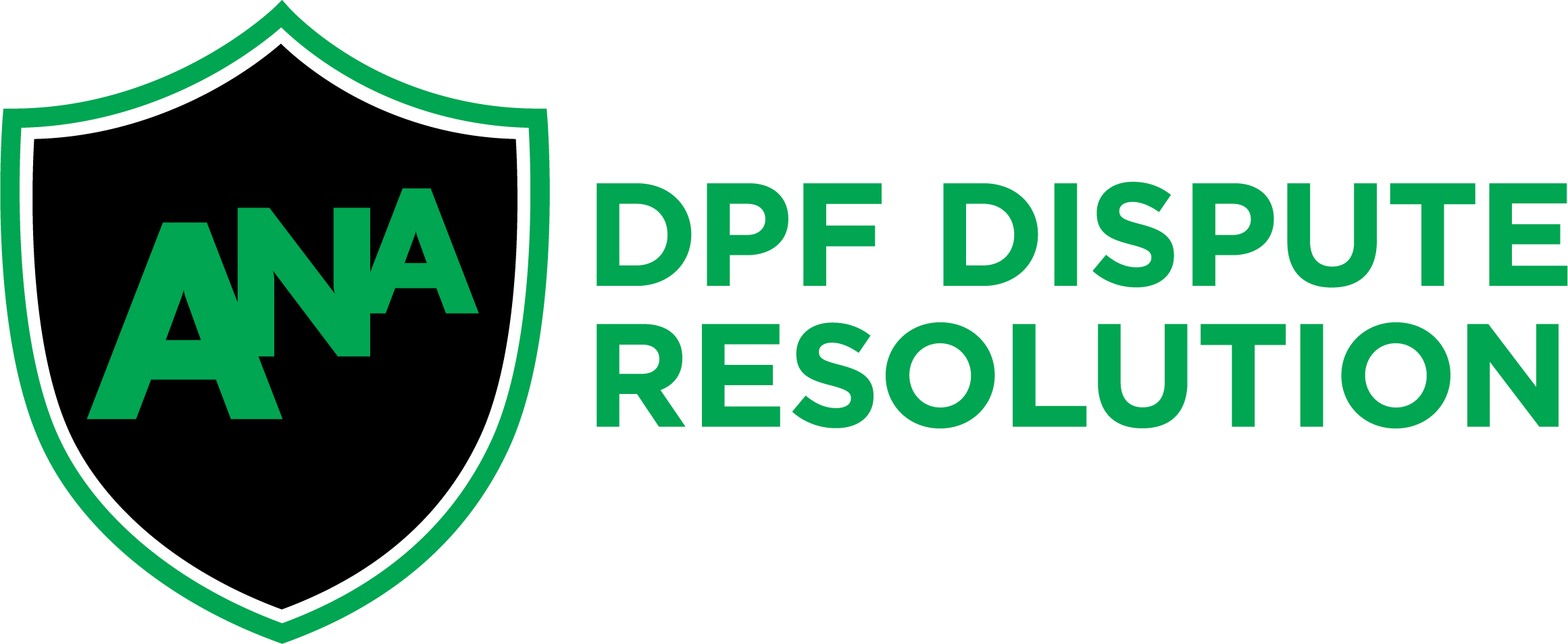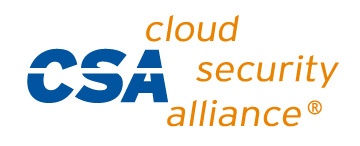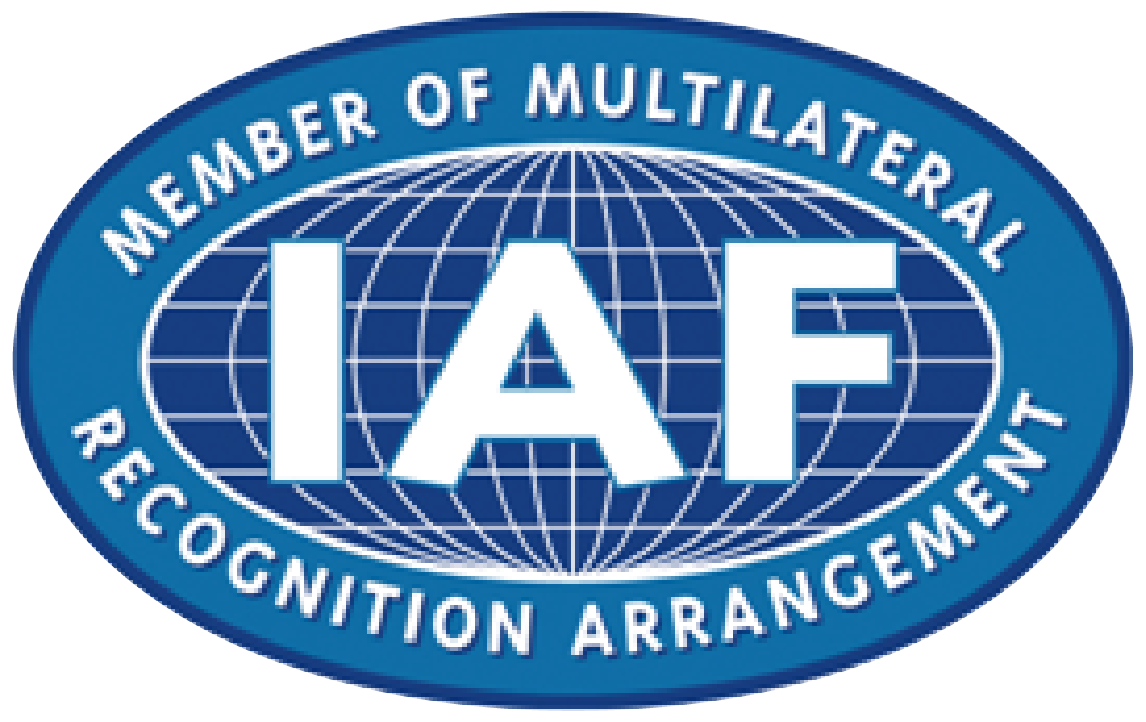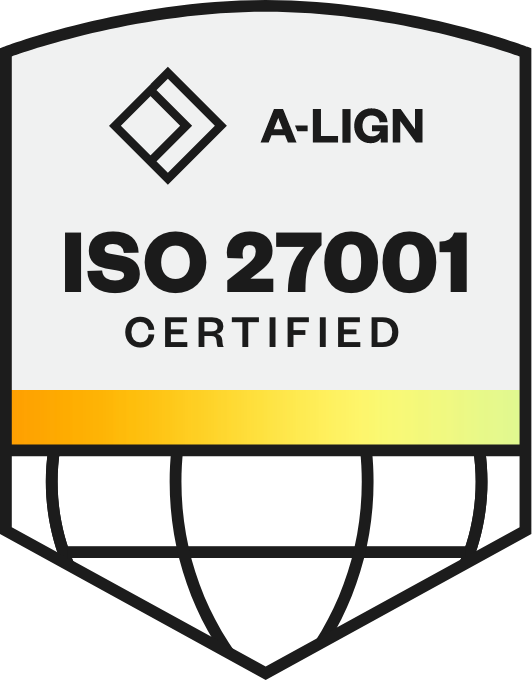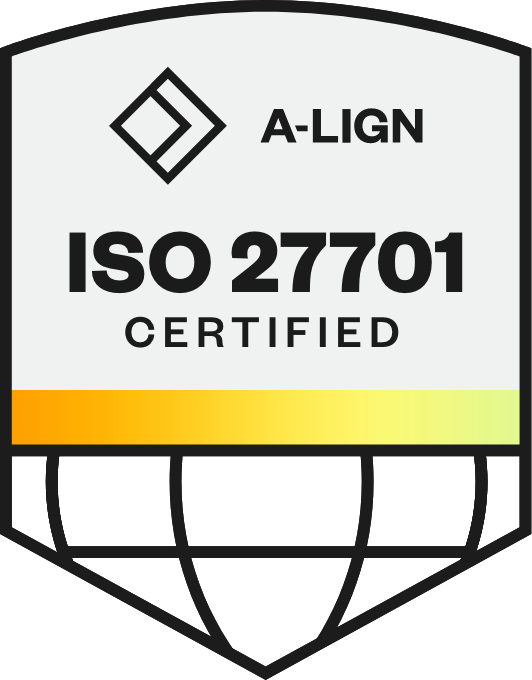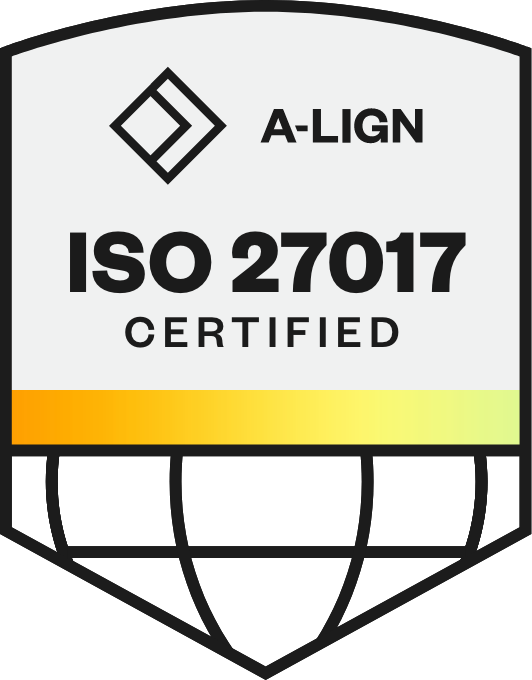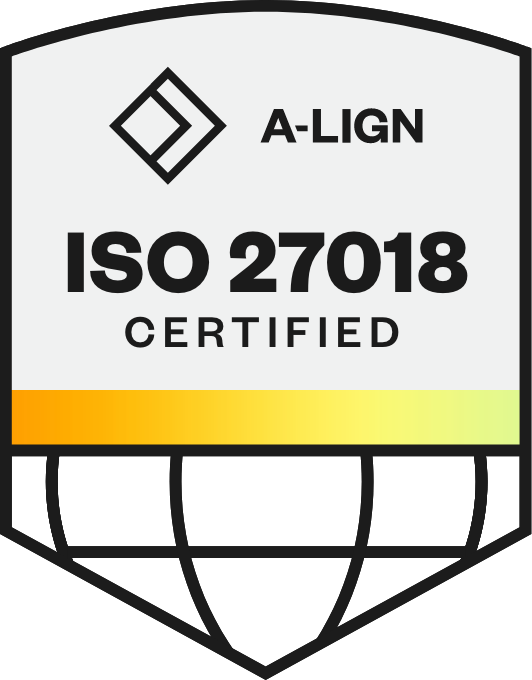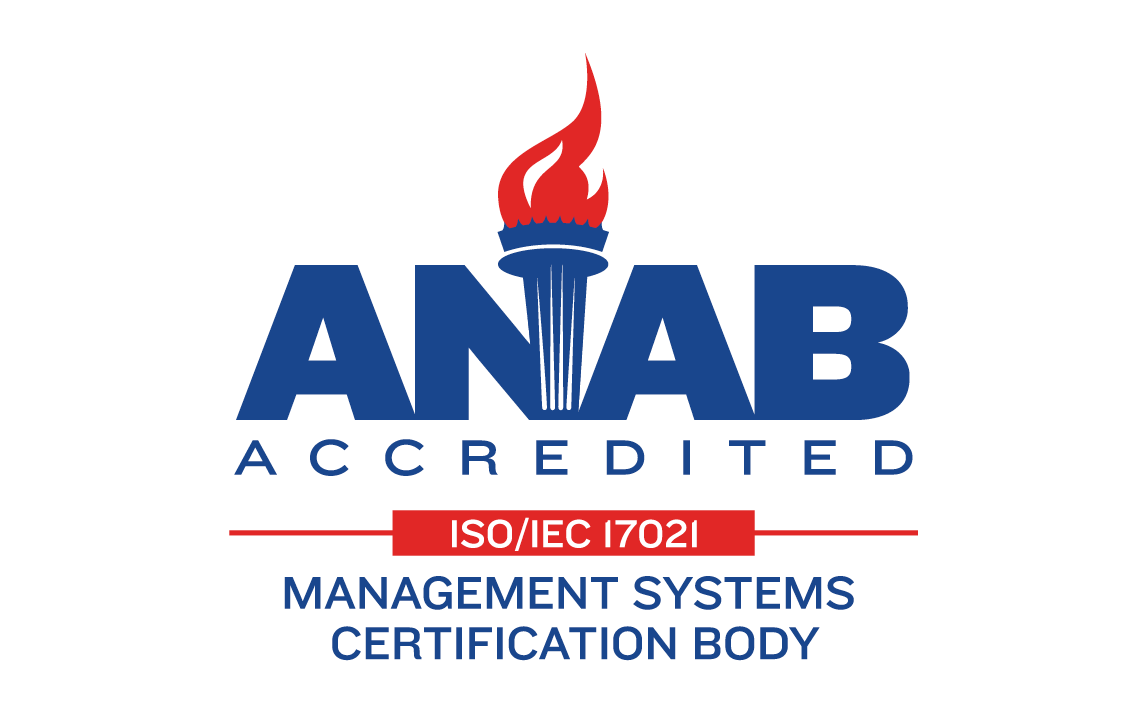3 Strategies For Remote Recruiting [Podcast]
Recruiting through challenging times? Adjusting to working remotely? Here are a few ways you can maintain productivity and momentum. Subscribe to the show on your favorite podcast listening app or service and stay tuned for future episodes. We'll be diving into talent experience management and the end-to-end talent journey with the greatest in HR, recruiting, talent acquisition, and management. I'm Devin Foster and I'm Tom Tate, and this is the talent experience show. Welcome to the talent experience show, your most up-to-date look on what's happening right now in recruitment, talent acquisition, and of course HR. This podcast is proudly produced by the team at Phenom, a global HR tech company with a purpose of helping a billion people find the right job and discover their true potential. If you want to learn more about Phenom and our Talent Experience Management (TXM) platform, head over to phenom.com. Yeah, we're really excited to bring you our second episode. So today we are going to share three strategies for remote recruiting. Let's jump right into it. We know most recruiters are responding to COVID-19. And for some, this may mean jobs have been removed, pulled from career sites...or their entire hiring process has been frozen. Others, depending on the industry, are seeing an increase in open roles. We’re even seeing companies begin to create new job categories in order to meet the high demand. But the one thing that all recruiters have in common? Everyone is recruiting remotely right now. Yeah, I mean that is the real challenge—in addition to all of the other changes we’re navigating. We're now finding ourselves in a brand new work environment. We have to collaborate with our colleagues and we have to change a lot of the processes that we’re used to following. So I'm going to share just a quick personal note about remote working with our listeners. I worked remotely full-time for about 10 months before I started at Phenom. So I know a lot of the challenges that go into it. And the joke with me is that the reason why I joined Phenom was because I was really excited to get back into an office environment where I could work with people face-to-face—now I find myself back in my little side cave off of my bedroom. It's really important to focus on general baseline things like setting your schedule, and just trying to have some normalcy in your day. We're all dealing with distractions. And I think one of the great things that I'm seeing from a lot of teams is empathy and resiliency to be able to work through the distractions. We all have families. And many remote workers (even those who have been doing this for a long time) aren’t used to having their kids at home. So there's a lot of challenges for people trying to stay focused on their goals. But the three things that we want to share today are really tied to you. Recruiting remotely. We have three specific strategies, and I'm going to turn it over to you, Devin, to hit us with the first one. Right. Before I jump into the first strategy, I do have to say it’s funny you mentioned “used to work from home”. It wasn't something you enjoyed. And you said one thing you missed the most was whiteboarding. So I immediately got concerned for your walls—that you were going to start writing notes all over them for meetings, and it was going to become a bit of a mess. I'm hoping that's not the case. The first strategy: re-evaluating your metrics for success. For a very long time, that number one metric in HR and TA is time to hire. And right now, as I mentioned, with hiring freezes and jobs being pulled from career sites, that may not be the best. What can you look at if you want to crunch the numbers and see what's successful? One thing that I definitely recommend is checking your pipeline. When you're sourcing, don’t just look at this past month or even this past 2 months, but look back at all of 2019. Where did your best job postings come from? Take a look at what the pipeline looks like. Maybe you're getting a ton of applicants from Indeed or LinkedIn, or maybe most of your hires are coming from elsewhere. It’s a great time to dive into those details and also get aligned with your team when it comes to strategy. This is the perfect time to look for what HR professionals call the purple squirrel, right? We were moving so fast and trying to get people in the door so quickly before COVID-19. Teams have two key things that may not show up on a metrics chart, such as culture fit. Now is a great time and opportunity to sit down with your managers and say, “Hey, what type of personality are you looking for? Are there any kinds of questions that you want us to ask differently in the interview process when we pick things back up again?” All of this will help you find the best fit for your organization, which is just as important as checking off boxes for requirements, such as education, skill set, or something along those lines. And I think it will make everyone more productive and be more successful when things do turn around. Yeah. One of the things that really takes the wind out of your momentum and enthusiasm for your job is when you're not hitting your goals, right? And I totally agree with you—if time to hire was your main KPI, the main metric you were shooting for, that might have completely changed over the past couple weeks. And that's okay. And this brings us to strategy number two: your interview and communication approach with candidates. You have an opportunity now to redefine your interview approach. And one thing that we really recommend to you is to embrace video. I think there's going to be a huge opportunity to embrace video and then take that into the future when we come out of this and adjust to our normal schedules. I feel confidently, Devin, that the teams who are embracing video will eventually do it exceptionally. I think it's going to be a competitive advantage for you and your organization because you're going to be connecting with your audience. Your job seekers are candidates on a personal level before they even come into the office. So a few things you can do is revisit your process and the questions you typically ask. This is a great time to figure out what you want to learn about your candidates. As Devin said, you're looking for the best-fit match right now. So are there additional questions you could be asking or trivial questions you could be avoiding to get you closer when you're building those relationships with candidates? The other thing you want to do is get super comfortable with your remote recruiting tools. So whether that’s sending an email campaign via SMS or doing video interviewing through Zoom or some other platforms, get comfortable with that. Learn how to use it to the best of your ability. But then also understand that your candidates may not be familiar with that kind of technology or platform. So give them how-to instructions. Give them the hand-holding they need to make sure it's a positive candidate experience as they're engaging with you through remote interviewing and remote conversations. Be empathetic to various situations—people do have their kids and pets at home, and everyone is getting used to this new way of working. So it's very possible you won’t receive the polished presentation that someone might give you in an in-person interview. You're actually going to get a good glimpse at what life is really like for them. So I think it's important to be empathetic to that situation. I’ve been really focused on making those strong connections. Tom and I will talk a little bit about some additional content that you can check out from Keca, who is our senior director of talent acquisition. One of the things she's been mentioning is having a really positive feedback mechanism so that you can continue to iterate, continue to improve your interview approach, and how you're engaging with candidates. So that's strategy number two. Devin, I'll turn it over to you for strategy number three. Tom, you mentioned that moving into video is going to be the best way for success, right? And one thing I don't think anyone is talking about in the industry is once COVID-19 goes away and then we move forward. It's not like people are going to jump and go right back to normal. They’re still going to be hesitant to go into large crowded areas, and video may be a great tool for you to embrace. Let’s hit the ground running with success strategy number three. When in doubt, engage your community immediately. This sounds a lot like pipelining, but it really goes beyond that. It’s a great opportunity to showcase your brand—what stories you have to tell as far as your company culture from home and what you are doing actively in the community to help out those in need. It's a really great way for you to pool your resources and what you're using as pipeline tools, and showcase that in a positive light. The next thing is to reevaluate your email and SMS campaigns. A lot of us get in the habit of thinking, “Okay, this is a campaign for a sales professional...we could get them in that campaign.” But keep the wheels moving, if you will. It's a great opportunity to look back on those campaigns and say, “Hey, this needs to be reworked a little bit. Nobody's saying this in the industry anymore. Certain industries may be slowing down. Let's change the tone on these.” And then the last aspect of engaging your community is leveraging the tools that you have—so creating spotlights in talent. For when things do return back to normal, you want to have that pool of candidates that you immediately know, “Okay, let's get these people in for an interview. Let's reach out to see if they're still on the market.” See what's changed so that when you do get back into the office, you're not behind the eight-ball. There are going to be a lot of people on the job market so you want to make sure you are prioritizing what is important at that point in time. One thing in relation to that...I've been really paying attention to how companies and brands are responding to COVID-19. So I think it's important to note, no matter what industry or sector you’re working in, people are paying attention to how your company responds. Recovery response is becoming a part of your brand story. And it's really important for recruiters, telemarketers, and regular marketers to be considerate about ways you can highlight the positive things... the good that your company is doing not just for your company's employees but also the community. These are all things that you can be positioning and presenting to your current talent community. You can do that through email campaigns and SMS. There's a lot of really interesting ways to do it. I saw one example—I'm not going to name any names, but I will say that it's one of the more popular video game retailers—they actually kept their offices and retail locations open way longer than they should have, and they claimed that their retail locations were essential businesses. I think you could argue whether or not video games are essential or non-essential. For some people, maybe it is essential, right? But I think the point is that people are paying attention to the decisions you're making. If you're making positive decisions as a recruiter, you can definitely highlight those conversations. So I just want to recap the three strategies that we talked about today. Strategy number one: re-evaluate your overall recruitment strategy and your metrics for success. That may include creating a new KPI dashboard. Look at new things to measure whether or not you're moving the needle. Number two: redefine your interview approach and embrace video. It's very possible video will continue to be the norm, so if you master this now, you will have a competitive advantage moving forward. Strategy number 3: when in doubt, stay engaged with your community. We are socially distant, isolating ourselves for the greater good—but that doesn't mean you have to be disengaged from your community. Consider email and SMS pipelining tactics to engage. I just want to note here that Devin dug into these topics and even more strategies and tactics in a recent webinar that we did at Phenom with our senior director of talent acquisition, Keca. In the show notes of this episode, I will make sure we drop a link where you can check out the replay on-demand. It’s the full session so you're going to get the visuals to the slides, and you're going to get the interaction. It’s 45-50 minutes of fantastic content that you learn from the best. It was a really great webinar session, and we want to invite you to check that one out, for sure. Devin, any final words for this episode? Take us out. The human spirit is something that is not broken easily. And I think it's important during these trying times for everyone to stay positive. Look on the bright side and unify. We are overcoming, day by day. Once again, thank you for joining us on the talent experience show. Head over to wherever you get podcasts—Spotify, Apple, Google Play...I'm sure there are a ton more that I don't even know about—and subscribe. We’re excited to keep you informed. We’re currently working on booking our first wave of interviews, bringing you some new voices in case you’re already getting tired of hearing me and Tom talk. But also bringing some new perspectives to the conversation. As always, stay safe, stay healthy, stay strong, and we'll catch you next week.
In this episode, Devin and Tom share three strategies to help you shift to remote recruiting:
Devin and Keca Ward, Phenom's Sr. Director of Talent Experience, explored these strategies and more in a recent webinar. Check out the full session on-demand here: How to Maintain Recruiter Productivity During Crisis.
Podcast Transcript
Get the latest talent experience insights delivered to your inbox.
Sign up to the Phenom email list for weekly updates!


